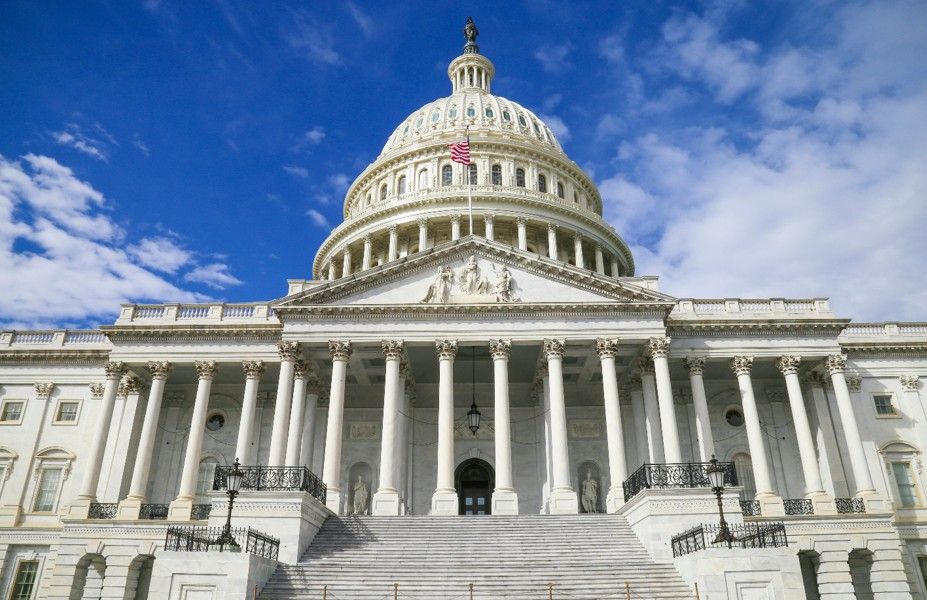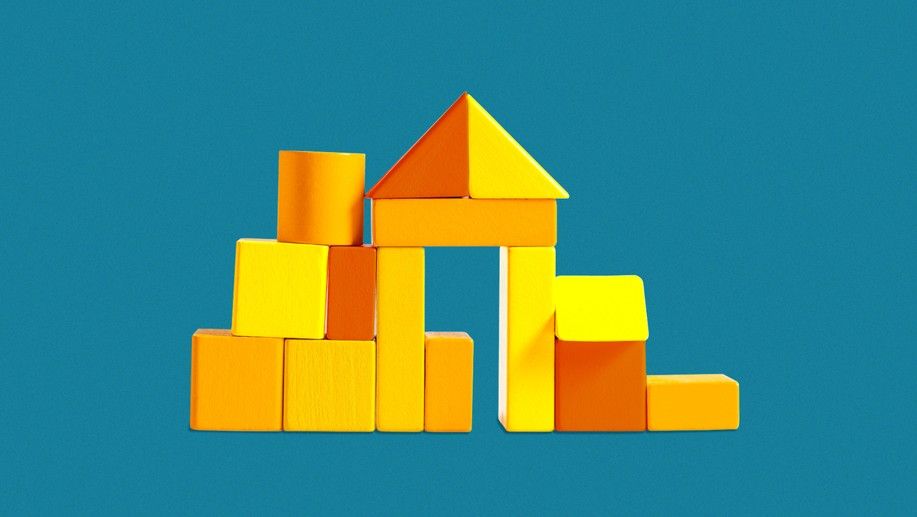Business Practices, eNews
Budgeting for bad debt: A financial safety net for credit professionals

Imagine a business thriving at the peak of its busiest season. Sales are booming, and the future looks bright, until their largest customer suddenly files for bankruptcy. Overnight, expected revenue vanishes and invoices go unpaid. Unable to absorb the blow, the business soon faces bankruptcy too, leaving suppliers unpaid and triggering a ripple of financial losses throughout the supply chain.
To safeguard against these significant losses, companies often set aside funds in a bad debt reserve, also known as an Allowance for Bad Debt Account. This contra asset account acts as a financial buffer, acknowledging that not every receivable will be collected and preparing businesses for future write-offs.
Why it matters: Effective management of bad debt reserves is important for healthy cash flow, accurate financial reporting and the overall stability of a company.
Estimating Bad Debt Reserve: What to Consider
Bad debt write-offs must follow Internal Revenue Service (IRS) regulations. The Sarbanes-Oxley Act (SOX) increased oversight, with auditors closely reviewing which accounts are included or excluded to ensure accuracy and compliance.
The Allowance for Bad Debt Account conforms to the International Financial Reporting Standards (IFRS) and Generally Acceptable Accounting Principles (GAAP). This means that the credit balance of the Allowance for Doubtful Accounts is subtracted from the debit balance in accounts receivable (AR) and the result is known as the net realizable value of the AR. No new expense is recorded because it was already captured in a prior period. If the customer pays later, the company first reinstates the AR and then records the payment.
When evaluating bad debt reserves, it is important to consider whether your company estimates reserves consistently each quarter and if there is a clear, structured process for identifying uncollectible accounts.
Methods for estimating the accounts receivable reserve include aging of AR, applying a percentage of credit sales or using a percentage of the ending AR balance. In conjunction with these methods, it’s important for a consistent process for writing off bad debt to also be in place. Typically, this involves either the direct write-off method, which uses specific account identification, or the allowance method, which estimates uncollectible amounts based on historical percentages of sales or receivables.
Credit managers may effectively identify accounts likely to default. However, the process of estimating bad debts is not an exact science and can vary based on judgment, methodology and available data. For instance, many businesses calculate reserves based on historical credit losses, usually over a three-to five-year period. Some organizations estimate bad debt on a case-by-case basis. Any of these methods may be adjusted to extraordinary events such as a pandemic or economic turmoil.
Some companies take a mixed approach. “We estimate bad debt for high-risk accounts after reviewing aging reports, past-due balances and historical write-offs,” said David Escobar, credit and collections manager at Evapco, Inc. (Taneytown, MD). “If sales or finance notice red flags, like a customer heading sideways, we loop them in and share our rationale with leadership.”
Other companies customize their reserve estimates based on geography, industry or customer behavior. For example, Dawid Kukulak, senior manager, credit management at Amer Sports (Krakow, Poland), targets an average of 25 basis points for bad debt reserves, adjusted by geography. “Customers in Sweden and Germany typically require lower reserves due to stronger payment behavior, while Italian and Spanish clients may warrant higher levels,” he said. “Credit managers manually assign higher reserves for accounts showing signs of distress, whether from industry chatter, poor credit ratings or bankruptcy warnings. Older receivables get higher reserve percentages. We’re careful not to underestimate risk, especially in today’s global climate.”
When estimating uncollectible receivables, it’s also key to ensure write-off approval limits are clearly defined by department or leadership level. Typically, reserve levels are determined by internal policy or in consultation with auditors. “Our finance leadership is involved in the bad debt reserve calculation and is the final authority,” said Joe Lange, CCE, ICCE, CCRA, senior credit manager at Brenntag North America, Inc. (Wauwatosa, WI).“We estimate bad debt reserve on a case-by-case basis and with a general reserve on a quarterly basis. However, the credit manager in discussion with the controller may increase or decrease the percentage as needed based on specific account risk.”
Tools and Resources to Support Sound Decisions
To calculate bad debt reserves, credit professionals rely on both data and experience. “We lean on Enterprise Resource Planning (ERP) systems, credit reports and most importantly, conversations,” said Escobar. “We also consult with sales and marketing teams to learn more about the customer. When it comes to making the final decision, it comes down to truly knowing your customer.”
The bottom line: This kind of chain reaction highlights why budgeting for bad debt reserves isn’t just a best practice—it’s a financial safeguard. Without it, one unpaid invoice can trigger a collapse that spreads far beyond a single balance sheet. Calculating and budgeting for bad debt reserve ensures your business has enough coverage over time for bad debts, especially during periods of growth or higher risk.





